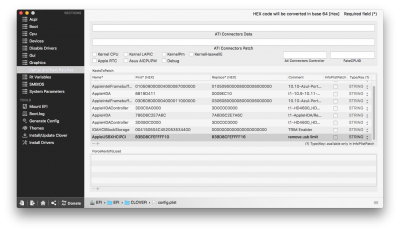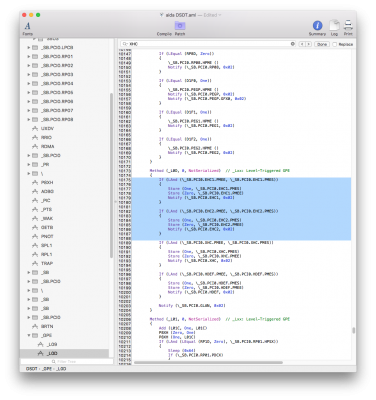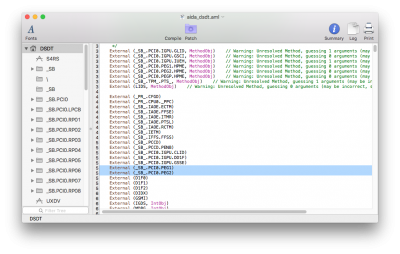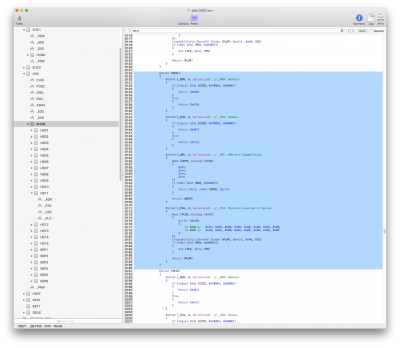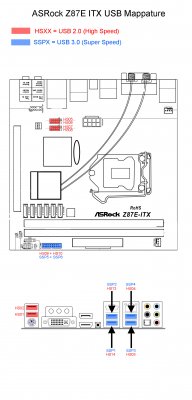- Joined
- Mar 24, 2011
- Messages
- 1,009
- Motherboard
- ASUS Z10PE-D8 WS
- CPU
- 2x E5-2683 v3
- Graphics
- W9100
So, PJALM usb Injector kext is no longer needed. Please, guys, make me a liar. Expecting your tests
I have said this over a week ago now, Injector not needed if you simply just remove unused ports from DSDT. No one listens to me though.
As for that clover patch to bypass the USB port minit, use at your own risk, it's not a good hack nor a good idea.
BTW, you don't need to rename EHC1/ECH2 sinco series 8/9 don't use them. I simply removed them from my DSDT.

